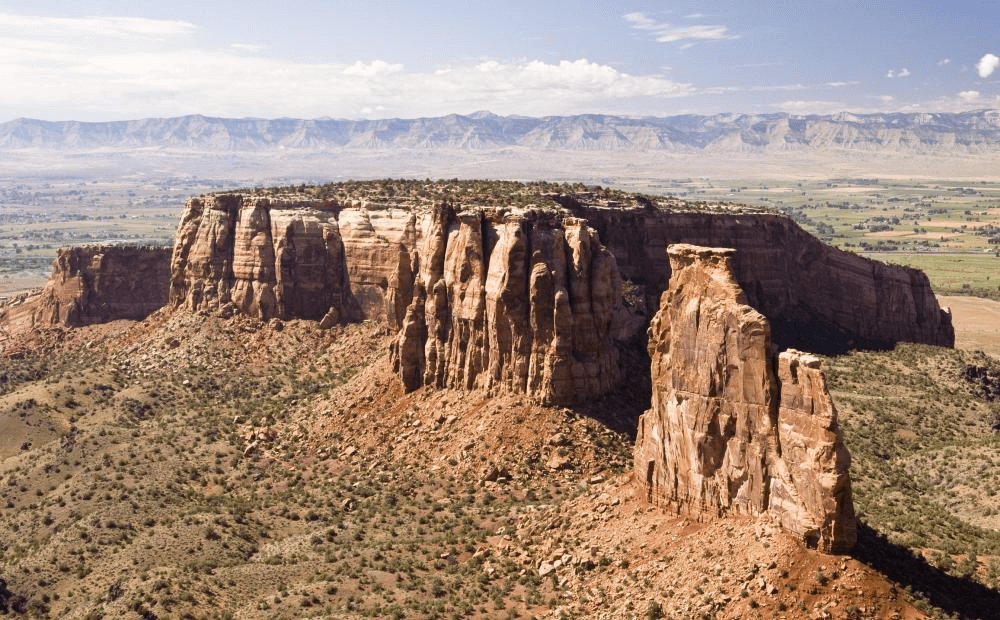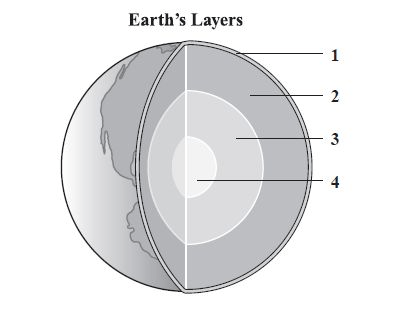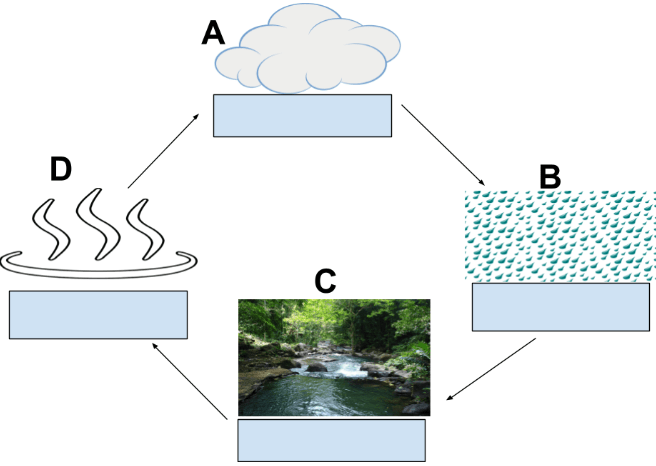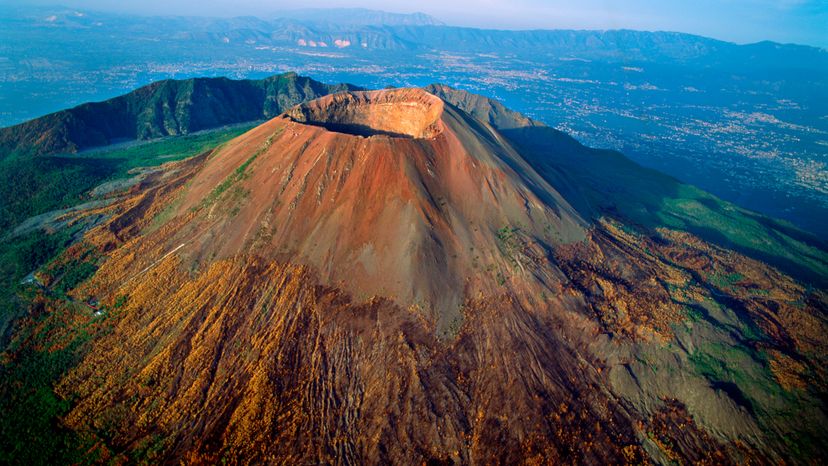The process in which water, wind, and ice moves away weathered rock.
What is erosion?
These are the three forces that are continuously shaping the Earth.
What are plate movements, weathering, and erosion?
Process in which water changes from liquid to a gas, called water vapor.
What is evaporation?
This is the reason why most of Earth's freshwater is unusable.
What is freshwater is frozen in polar regions and ice caps.
Which layer of the Earth is the thickest?
What is the mantle?
Cracks in the Earth's crust.
What are faults?
This is a type of plate boundary where plates move alongside each other creating cracks in the Earth's crust. The best example of this...The San Andreas Fault.
What is a transform boundary?
The process in which water goes from the oceans, to the air, to the ground, and finally back to the oceans.
What is the water cycle?
Compare and contrast plains and a plateau.
It is where most earthquakes and volcanoes occur on the Earth's surface.
The term for hot melted rock, inside the Earth, that flows to the surface when a volcano erupts.
What is Magma?
The name scientists call the supercontinent believe to have existed 200-300 million years ago. The name comes from a Greek word meaning "whole Earth."
What is Pangaea?
What is the sun?
It is the name of the landform shown here.
What is a plateau?
Label the Layers of the Earth from 1-4.

What are crust, mantle, outer core, and inner core?
Sudden and violent movements of the Earth's crust.
What are earthquakes?
This is a type of plate boundary where plates move away from each creating mid-ocean ridges. The best example of this...The Mid-Atlantic Ridge.
What is a divergent boundary?
The scientific term for rain, snow, sleet, and hail.
What is precipitation?
The name of the landform that is shown here.
What is a volcano?
Label the Water Cycle from A-D.

What are condensation, precipitation, collection/groundwater, and evaporation?
A plateau called this lies off the coast of each continent and stretches for several miles.
What is a Continental Shelf?
Explain how the formation of the Himalayas and the Andes mountain ranges are both similar and different.
What are they are similar because they were both created by convergent boundaries. They are different because one was formed by two continental plates colliding creating tall non-volcanic mountains (Himilayas) and one was formed by an oceanic plate colliding and subducting under a Continental plate creating volcanic mountains (Andes).
Process in which water changes from gas (vapor) back to a liquid.
What is condensation?
The name for a piece of land that is connected to a larger landmass on one side, but has water on the other three sides.
What is a peninsula?
This is the reason why scientists figure that the Earth has a solid core.
What is that something is blocking earthquake shockwaves from being felt on the other side of the planet?
